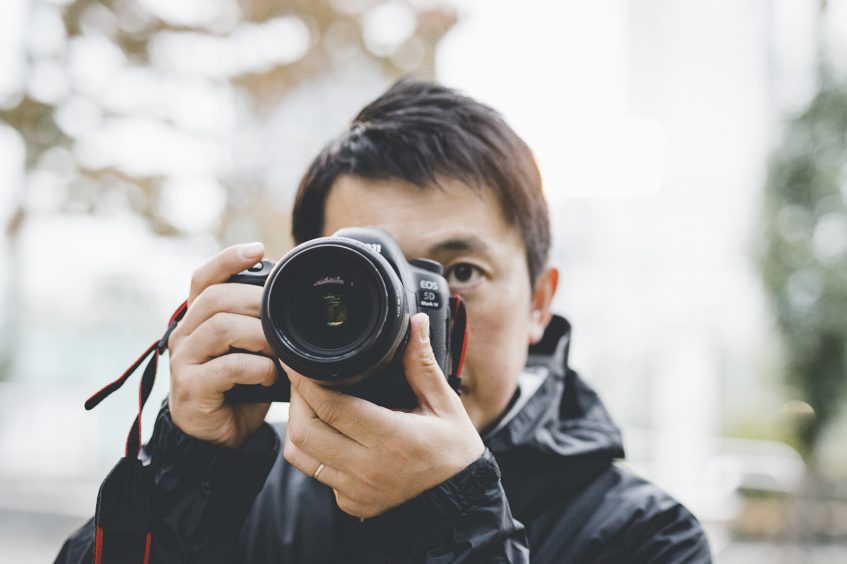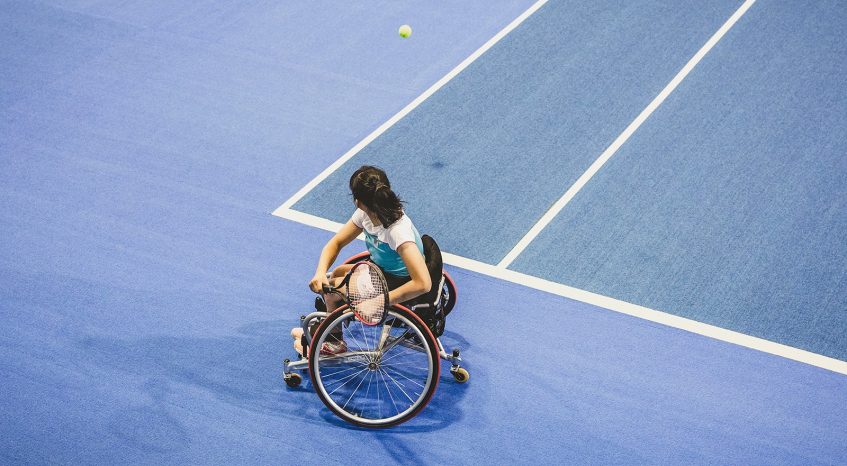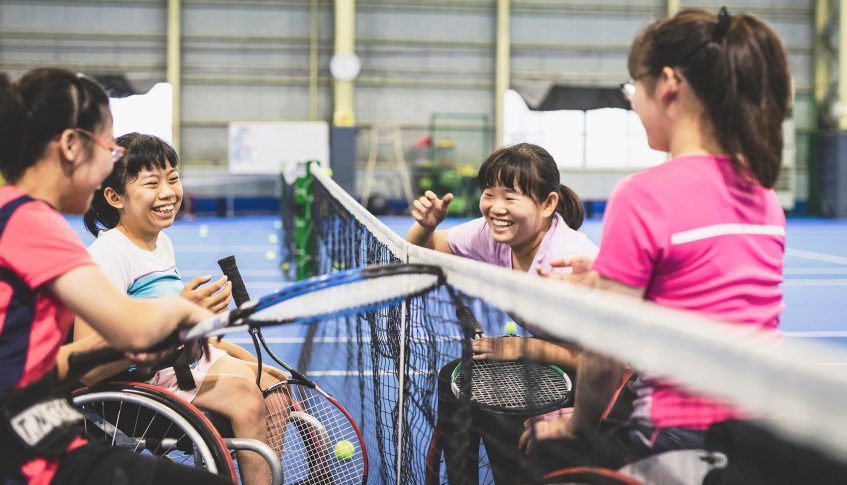
Getting Started as a Freelance Photographer? Here’s Everything You Need to Know
So, you’ve finally decided to turn your passion for photography into a career. Way to go!
You enjoy every single day capturing different moments but you’re thinking how can I actually transform this passion of mine into a profitable profession? After all, being paid to see the world and capture it one photo at a time is the dream.
We decided to sit down with one of our very own customers, a freelance photographer, Kohei Hara who is based out of Tokyo, Japan to find out what it REALLY takes to start your own photography business and discuss everything from finding your style to searching for work.
In fact, Japan has slowly been opening its doors to the gig economy. Since 2018, Japan has seen a significant rise in freelancers, and more and more Japanese companies are welcoming remote workers giving employees more freedom than ever before.
Photography and The Gig Economy
Gone are the days where people worked nine to five as our generation is witnessing a massive shift from traditional work to freelancing and independent contracting. Enter the gig economy. In 2018, freelancers in the US alone contributed $1.28 trillion to the economy. Specifically, the photography industry has seen a rapid increase of workers using digital platforms. Photographers, most of whom freelance, are seeing higher engagement with digital platforms as it’s opened new opportunities for income.
However, the photography industry is no piece of cake. A study showed that only 40% of photography businesses survive in the first year. In fact, the Bureau of Labor Statistics stated that more and more companies are working with freelancers rather than hiring their own photographers, so the “photographer on demand” continues to gain popularity. With that said, the competition in the photography business is strong, so as an individual photographer, you must be ready to face your rivals.
So, what does freelance photographer Kohei Hara think? Let’s find out…
Nice to meet you Kohei! Can you please tell us about your career in the photography business?


I got my start in the photography industry around 2007. Many of my photos come at the request of publishers, advertising agencies, and companies and my images are mainly of people, portraits, and lifestyles. Recently, I became interested in para-sports after doing a photo shoot for the WHILL electric wheelchair. During my photography career I’ve never actually belonged to a studio, publisher, or any other company. Regarding photographic technique, I am mostly self-taught.
After graduating from university, I decided that I wanted to be a photographer, but didn’t know how to go about it. I mentioned it to a friend of mine who was studying in Amsterdam at the time who happened to meet someone there who was working as a photographer and had his own studio. My friend remembered and spoke to the photographer about me and unbelievably, the photographer invited me to study at his studio.
Shortly afterwards, I returned to Tokyo and had the opportunity to assist an English photographer living there who informed me about Getty Images and began working with them right away.
In addition, I’m currently participating in a para-sports project as part of the Para-athlete Collection in which Getty Images Japan is working on.


Copyright: Kohei Hara, 1164460369, Getty Images


Copyright: Kohei Hara, 1164460358, Getty Images
Why did you decide to pursue a photography career as a freelancer rather than joining a company?
It wasn’t that I had a strong desire to freelance from the start. It just may be more accurate to say that at key points in my life I happened to have good encounters that enabled me to be a freelancer. I think I was very fortunate.
How do you find work as a freelance photographer?
In my case, I find work mostly through contacts from media companies and advertising agencies that I’ve worked with in the past which actually makes up around half of my total income. Other than that, when I have free time, I take occasional orders from professional matching or crowd sourcing services that I’ve registered with.
How did you get started with your own business?
I didn’t know how to become a photographer working for a company or studio, so I just naturally became a freelancer.
I started taking photos because, when I was in university, I aspired to be a news photographer. I was majoring in international law at the university’s Faculty of Law, and I had the opportunity to watch conflicts around the world and the lives of local people through photographs. I was impressed by the ability of a photograph to capture and convey reality.
How would you define your own style of photography?
My work mainly involves photographing people, portraits, and lifestyles.
It’s different when work is requested by a client, but as a general rule, most of my photos capture a slice of reality without casting. Some of my photos on Getty Images were taken in studios with hired models, but for most of them I capture a piece of reality by asking friends or getting permission to shoot at workplaces, etc.
What do you think is the most difficult aspect of becoming a freelance photographer?
Receiving a stable income. Sometimes it can decline due to the termination one of your main regular business contracts, illness, or disaster. I recommend creating ways to earn money even when you’re not working, such as selling photos through stock photo services, etc.
How do you determine your fees with your clients?
Although it depends on the project, in my case, it’s usually calculated by adding up the actual shooting time with the time for accompanying work, such as photo editing. In the beginning, you tend to spend more time on editing than shooting photos, but it’s important when making an estimate to have an idea of the time you will spend working on things other than shooting photos.
How has using Payoneer helped you grow your business?
Payoneer has made it easier for me to receive foreign currencies. I started using Payoneer because I was informed about it from Getty Images who pays royalties in US dollars, and my bank account accepts Japanese yen. In the past, every month when I was paid, I would get a phone call from my bank to confirm the transfer.
With Payoneer, my payments are automatically transferred to my bank in Japanese yen, so I have no sense of being paid in foreign currency. Payoneer’s affordable fees are also a positive point and overall, I think having an account with them makes receiving payments fast and convenient.
If you were to give one piece of advice to someone just starting out as a freelance photographer, what would it be?
This is advice that I received when I was first starting out. I recommend not to adjust your effort based on whether the payment is high or low, but rather do your best on every job. For a photographer, every job is a work of art. Good work is always seen by someone, so it is important not to create poor-quality work just because of a low fee.
That’s why establishing fees is crucial so perhaps decide on a specific amount in which you’ll accept to do a job.
Which platform would you recommend to someone just starting out?
There are many stock photo, crowd-sourcing, and matching services, etc., but rather than just using the platforms for work, I think it’s important to put yourself in an environment where you can receive other photographers’ opinions on your work and become aware of your own distinctive qualities. Doing so will help your own growth and improve your work.
Do you have any tips on earning enough money as a freelance photographer to actually making a living?
It can be a long road to get to that point where you feel like you’re making a good living, so just be patient and don’t rush it.
Try challenging yourself so you can discover your own distinctive qualities and style. Put yourself in an environment where you can discover your own distinctive qualities. If you’re honest with yourself, don’t try too hard to do things you can’t do, and find your own style, it will lead to producing good work, and people will hire you. If you do that, your income will grow naturally.
If you’re interested in seeing more of Kohei’s work, check out his website as well as his Facebook and Instagram page!
Are you a freelance photographer looking for a smart and easy way to get paid? Sign up to Payoneer today!




